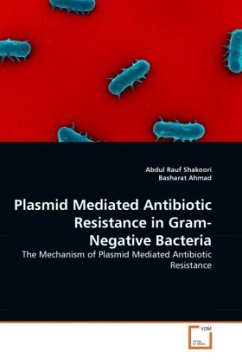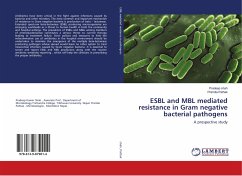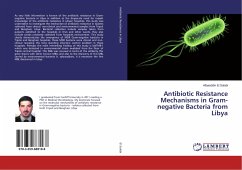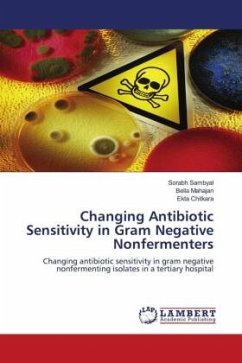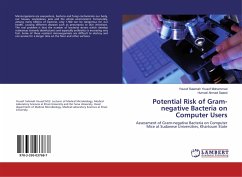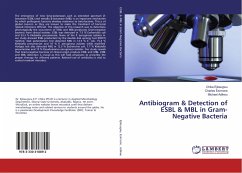The enteric pathogens isolated from diarrhoeal patients admitted to different hospitals of Azad Jammu & Kashmir were analyzed for antibiotic resistance and correlated with genetic elements in the bacteria.Salmonella spp. was the most frequently detected (35.8 %) enteropathogen followed by Escherichia coli (34.3 %), Shigella spp.(25.8 %) and Campylobacter spp. (4.1 %). The isolates of Shigella spp. showed highest resistance against penicillin, E. coli and Campylobacter spp. against carbenicillin, and Salmonella spp. were highly resistant to ampicillin.The most common pattern of antibiotic resistance was penicillin, carbenicillin and ampicillin in Shigella spp.; carbenicillin, ampicillin and ceftizoxime in E. coli;ampicillin, carbenicillin and streptomycin in Salmonella spp.; and carbenicillin, ampicillin and co-trimoxazole in Campylobacter spp. The drug resistant bacteria were analyzed for the presence of plasmid DNA. Since the plasmid DNA is implicated for drug resistant gene(s),curing bacteria of plasmid abolished drug resistance, whereas transformation of plasmid-less bacteria with the plasmids isolated from drug resistant bacteria made the transformants drug resistant.
Bitte wählen Sie Ihr Anliegen aus.
Rechnungen
Retourenschein anfordern
Bestellstatus
Storno

